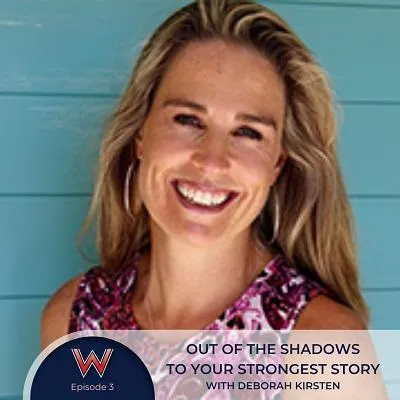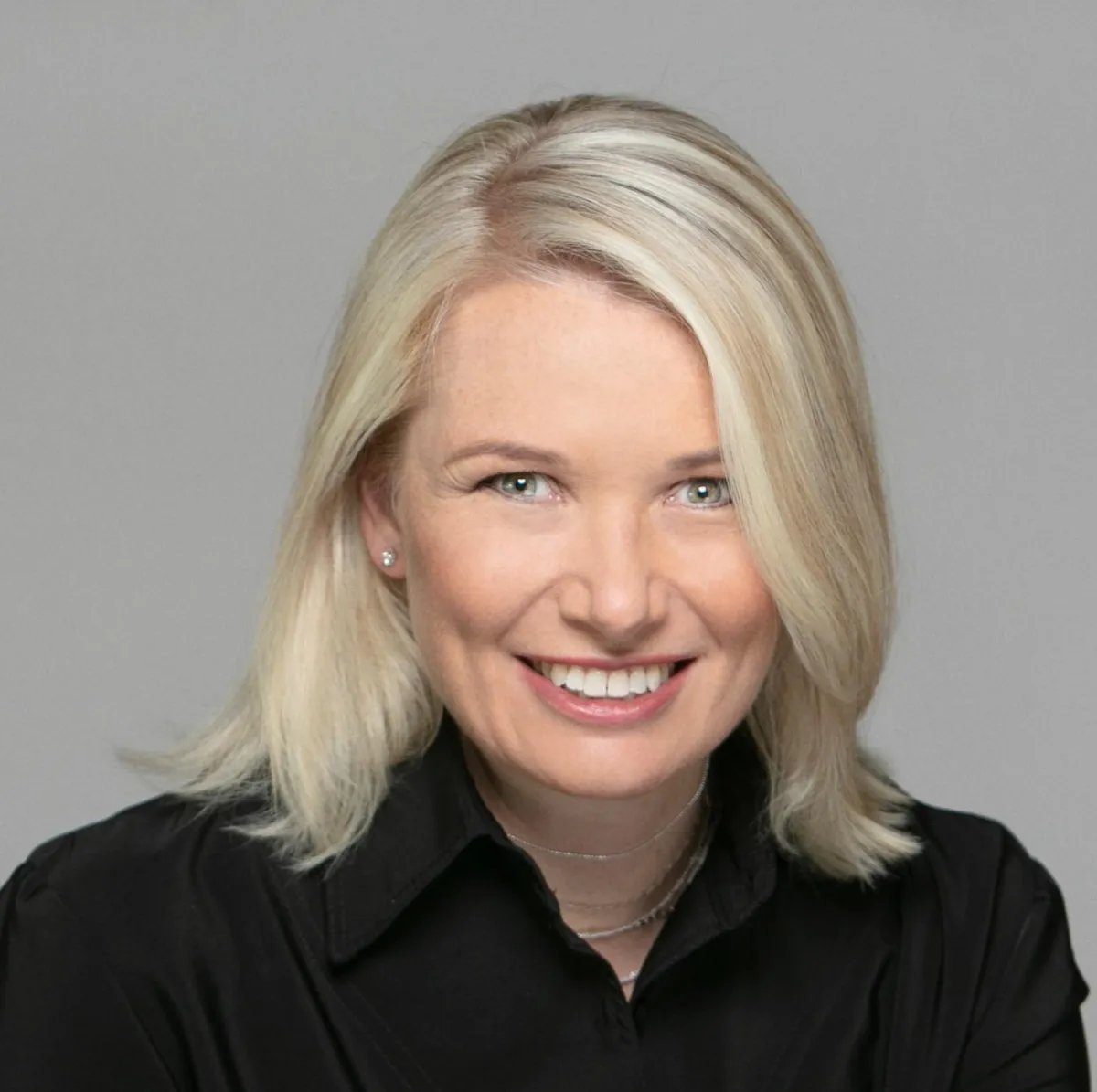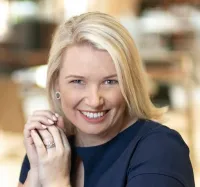Browse for the latest episode of...
working women's wealth

4 - How to Start Investing
Want to invest but you have no idea where to start?
Follow these 7 Steps to Start Investing and kickstart your Stress-Free Money Tree so that you too can have the ability to Choose.
Get the "Six Steps to Investing Wisely" download
Six Steps to start investing
Step 0 - Just do it. Regardless of the amount, just get into the habit of saving as soon as your salary or income arrives.
Step 1 - Understand how much you need for retirement.
Know how much you currently have
Know how much you need - use our How Much Is Enough free spreadsheet
Know how much you should have by now (we give you a formula that's world wide universal to work out how much you need)
DON'T expect you can run a marathon on your first run. A big goal like running a marathon is built up from small consistent steps that over time get you fitter and stronger. Saving is exactly that. Do it in small bite-sized chunks. And understand these are just estimates. If you want an exact number, speak to your Financial Adviser
Step 2 - Understand your investment risk profile. We can email you a link to discover what your personal risk profile is, and what your asset risk is.
Step 3 - Match your investment risk profile to the things you invest in (assets). This could range from Savings Accounts (lowest growth rate) to Shares (high risk, higher return).
Step 4 - Time can be your friend or enemy. The longer your time invested, the higher the return and the less risky shares could be.
Step 5 - Save a lot of money with the least impact on your daily life. Use these three steps to build a large savings nest over time,without having to feel the pain to largely
Step 6 - Reduce the risk of investing by putting in place these three things
Commit to reading one blog post (3-5 minutes) or listen to one podcast (15 min to an hour) per week in order to increase your financial knowledge. It's a small time commitment for a large benefit
Have an accountability partner - either a friend or a Financial Advisor
Watch out for fees
Get our free How to Invest download
Subscribe to our podcast on iTunes or Spotify
Please do Subscribe to our Podcast on iTunes or Spotify and leave a review. This helps the podcast to rank higher and therefore makes it more visible to others browsing podcasts in the hope they too may benefit from our content.
Get my book - Deep Grooves: Overcoming Patterns that keep you Stuck
You can get the first two chapters of my book FREE here
If you want a paperback copy and you’re in South Africa, visit my site LisaLinfield.com
If you want a Kindle copy or a paperback anywhere in the world, visit Amazon
Read the transcription of the podcast
It's great to have you all back again on Working Women's Wealth. The series we're doing at the moment is on health and wealth. Last time, we discussed how you should build a great vision for your future that this land of nowhereness, where one sits comfortably in the situation we are is not the best life for each of us. We have a great purpose and we can live a great life. We just need to have a strong enough vision that helps us to get off the couch when all we're wanting to do is watch that extra bit of TV or wake up early in the morning when that alarm clock goes so that we can do one extra hour of work on one of our internet ventures to make sure that we can make at least 10,000 rand a month.
It's that extra cash that's going to help us get through the situation, but we need a strong vision and that vision, as we said, needs to have a great picture in your mind filled with strong emotions and described by detailed words and detail in that vision. I hope that you've all been practicing that and then discovered the one thing that you need to do in order to either increase your revenue or decrease your expenses.
Now you're in a position where you can at least. The question that comes is, "How do I start?" So many times people say to me, "How do I start, Lisa? What should I do?" The first thing I'd say is just do it. Just get some money from your spending account into a savings account, even if it's a tiny little amount of money. No matter what that money is, 20 rand, 30 rand, $5, whatever it is, just get into the habit of saving.
The quicker you get into that habit, even if it is while you're still paying down your debt. The quicker you get into the habit, the quicker you'll be able to start. Start that habit of saving, and the funny thing that you'll find is that it becomes such an important part of your day-to-day perspective that each month, you'll start to save more.
The second step I say to everyone is really have a clear understanding of how much it is that you need to save. If you're saving for a short-term goal, that's easy, whatever it's going to cost to go on that holiday, that trip, whatever that short-term thing that you're saving for is. The second challenge that hits people is that this big thing of saving for retirement and, "How much do I need for retirement?" Again, it comes down to what is your picture of retirement?
If you're wanting to retire to New York, to a nice little flat on Park Avenue, that's a whole different amount of money than if you're wanting to retire to a tiny little village that has lower cost of living. The easiest way to do it is to go online and work out what that amount of money is.
For South Africans, a general rule of thumb is two and a half million rand for every 10,000 rand of expenses. I like that number because it's easy to know exactly what you need. It's a rough number like any of these tools online. They're just guides. The most important thing you can do if you want an accurate number is go and speak to a financial advisor, but if you have a guide in your mind, you at least know where you're supposed to be going. Then that gap between where you are currently and where you need to go is much easier to achieve because the space that is created inside you in terms of that gap is really what'll focus your mind on saving.
For all of us, we don't like that feeling of dissonance inside our tummy. We don't like that feeling that we're not on track towards our goals. Once you know how much money you need to save each month, then it's easier to start that journey. For some of you, that number might be quite large, and I really don't want you to be discouraged because the thing about this whole savings game is that it's habit. Like any form of exercise, I wouldn't expect you to run a marathon straight away. You might need to run a marathon, but what I want you to do is to start with a little walk and then a little jog and then maybe a kilometer or two.
You would start small, and that's what I want you to do with your saving for retirement. Start small. The book The Millionaire Next Door, which many of you will know is one of my favorite books, has a formula for how much you need to save, which is universal ... Works in each country ... Which is how much you should have saved by now. That formula is if you take your age and you multiply it by your household income pre tax, before tax is taken off, and you divide it by 10.
If you're 40 years old and you earn 100,000, you should have four million divided by 10, which is 400,000 saved. That formula will give you a sense of where you should be now. My suggestion to you in terms of starting small is aim for that target first. Try to get on track with where you should be now and then start moving towards where you would like to be. The first step, have a good vision. The second step just do it. Just start that practice of saving. The third step, know where you want to be. Then the question is, "Where do I start saving?"
Just a note on whether or not small amounts matter. I was talking to someone the other day and they asked me ... They said, "Yeah, but it doesn't matter because it's just 200 rand. It's just a tiny amount of money. $10, it's not a lot." I kept saying to them the challenge is each of those amounts of money, if saved over time, can benefit from compound interest.
I was talking to a women's group. I was a speaker at an event for a woman's group, and I asked them is there anyone in this room who wouldn't be able to save 200 rand a month. I challenged them because of this great thing called compound interest. As I said to them, when I was teaching six year olds this week and last week on saving, the way I told them about compound interest is that when you save, the bank, or in their case mummy, will give them free money. The first set of interest is free money.
This is the same as growth if you're investing in shares. It's free money. You put in 200 rand and free money came to you that you didn't have to work for. The next step in that process, which is what compound interest is, is free money on free money. That's when because now you have this extra free money, so you put in 100 rand and you got 10 rand of free money. Now that you have that 10 rand, you earn an extra rand on that free 10 rand because the get more interest the next time the interest is paid. Free money on free money is what compound interest is.
The more you put in, the more free money you get. The longer you leave it, the more free money on free money you get. Time is a huge important part in saving for retirement. I wanted to give you a few numbers on that 20 years. If you save 200 rand over 20 years, although physically, you would have only put 48,000 rand in the bank, you will get 280,000 rand in 20 years time. You will make 48,000 rand 280,000 rand. All of that money, that other two hundred and roughly thirty thousand rand, is just for free. .
If you keep that for 40 years, while physically you would only have saved 96,000 rand over 40 years, you will have four and a half million rand. How does 96,000 rand turn into four and a half million rand? Free money on free money over a long period of time. That's why I say the quicker you can start investing, even 200 rand a month, the quicker you will be able to build that free money on free money. Time can either be your friend or it can be your enemy.
It's your enemy when you wake up at 55 and go, "I want to retire in five years time, but I don't have the time to earn that free money on free money." Just for interest sake, if you kept if for 50 years, so only ten years longer, then that four and a half million and you kept putting in 200 rand a month for that extra 10 years, over 50 years, you'll have eighteen and a half million rand when you only put into the bank account physically 120,000 rand. How does 120,000 rand become eighteen and a half million? Time, free money on free money.
Once you start investing, which I hope will be as soon as possible, even a tiny amount of money at a good rate of growth will earn you a lot of compound interest. How do you get a good rate of growth? I think it's important to understand that they've many different types of place that you can invest in. Those places depend upon your risk profile. If you're a person who doesn't like to take risk, who is very scared of risk, then your options essentially are threefold.
You can put your money in a savings account in a bank, but that'll pay quite a low rate of interest. The next option is a money market account, which most times and in most countries you can get through your bank too. Those pay basically almost double the interest of a savings account. They're also completely or almost completely risk free. The only reason why I say almost completely is because nothing in life, as we learned through all the financial crises, is guaranteed, but essentially, they're risk free.
A savings account and a money market account have the least risk possible, but a money market account will earn you double the interest rate. I suggest that if you can you save into a money market account. The next and third options are bonds. Bonds are slightly more risky because they're either invested ... It's basically lending either the government or a company money, and those bonds are slightly more risky, but still compared to a share or property, a lot less risky than any of that.
They're slightly more risky than a money market account, and you can invest in a bond through any kind of online provider. Those are the three options if you have a low risk profile. Once you want to start investing, one needs to look at where you can invest. There are three different types of mainstream investing that one can use. The first one is that you can buy an individual share in a company. That's very risky and the reason why that's risky is unless you know a lot about the company, unless you have a lot of information on that company, your ability to choose the one company that's going to make you money is not guaranteed.
What happens is that people put together different companies that they think are going to do well. That is called a unit trust or a mutual fund in America. Basically, it's a group of companies that some investment manager has analyzed and looked into and done the work and they think that that's what you should be in.
The third way of investing, which is very popular at the moment, is called passive investing. That type of investing is very much around taking a group of every single share in the market and then buying one of each of those shares. What you essentially do is get the average of the market. It's been proven that only around 20% of fund managers will ever be able to beat the average of the market on a consistent basis. The challenge comes is knowing whether the one that you're about to pick is one of the 20%. That's why the third class of investing is called trackers, which is buying a fund that tracks the general market. This is usually the cheapest way to invest.
Probably you will have 80% more success than if you try and select one place to invest in. The first and most fundamental step in terms of actually investing in shares or unit trusts, mutual funds or trackers is to understand what your risk tolerance is. Risk tolerance can be assessed through various different online questionnaires. If you look at the show notes that are on our website, you will be able to send us your email address and we can send you the questionnaire that we use to get what your risk profile is and a small piece on how you use or understand that risk profile.
Risk is a major portion of investing, but the thing you need to know is that time is your friend. It has been proven that the longer you leave your money in, the higher your chances, to almost guaranteed status, of be00ing able to generate good, strong, positive growths.
In the South African stock market, you're able to get around 14% of guaranteed growth if you keep your money in the stock market for longer than 10 years. It's not guaranteed, but what they've done is they've taken every single year of trading that's ever been known by each month and they've looked at what the returns have been. Essentially, the longer you're in the market, the almost guaranteed your chances are of making money.
Time is a huge important factor, but so is behavior. Behavior is essential to understand because human behavior gets scared. When the market's doing really well, you're great and happy, but the minute the market plunges, people tend to sell and get out. There are numerous studies that show if you do nothing and keep it invested, you will do far better than if you try and time the market of trying to get in low and sell high.
You cannot time the market correctly every single time, so the advice to everybody is once you have an investment strategy, stick to it and leave it there over time. Many people say to me, "It is impossible for me to save money and to do this investing." I've come up with three really good ways that you can do this.
The first is based on behavioral economics. What it is is save tomorrow tomorrow. As human beings, we are absolutely inclined to not want to give up something that we have today, but we're happy to give up something we have in the future that we haven't yet experienced. The behavioral economists overseas built a fantastic program, which uses the concept where you commit to giving a certain percentage of your salary increase to investing for your future.
Let's say you earn 100,000 rand and you're going to get around 1,000 rand every single month as an extra bonus or increase. What you do is you take half of that and you invest it in your savings account or in your investment account. What happens is the day that new money arrives, you put that direct debit in place and put 500 rand into your savings. You get to experience a 500-rand salary increase and you don't miss the other 500 rand that you don't have.
This year, let's say you get a 6% increase, this year, that 500 rand is 3%, but next year, when you do it again, you're now saving 6%. The year after, you're saying 9%. Whenever I say to people, "Can you give me 20% of your current earnings?", they always say no. Then I say, "Five or six years ago, could you give me 20% of your earnings?", and they always say no. Then I say, "But if you started this five years ago, today you would be able to give me 20% of your salary.
That's how one does it is not by trying to scrimp and save and living in a scarce mindset of trying to save our pennies now. Work on every time you get your salary increase, you save half of it for the future. If you get a bonus or an unexpected amount of money, save half of it for the future.
The third thing that I can recommend is that everybody should pay one home loan or mortgage payment extra a year. In South Africa, if you do that, you will finish paying your mortgage off six and a half years early. That six and a half years, you can use to save the exact same amount that you would save for your home loan, you paid into your savings account. You soon start building up more and more and more reserves or money that you are investing for your future.
The last thing around investing more is to be able to say to you that knowledge is king. You need to increase your chance of success by learning more. By learning more, either commit to read one blog article a week, which is three to five minutes, or listen to one podcast a week that can help you to grow your money.
I read somewhere that most people only spend three hours a year on learning about their finances. If your finances are one of the most important enablers of the life that you want to live, surely we should invest more than three hours a year. If you can just read one blog article, three to five minutes, that increase in knowledge 52 times a year will help you to what it is that you need to do in order to create great health and wealth.
The last thing that I would recommend is that you get really good accountability partners because like everything in life, we can start off so strongly and wanting to get really involved in this, but your accountability partner is what will keep you going into the future. You really accountability partner will help you to continue saving, to make those calls should you buy or spend this or should you not.
That can be a friend, a Facebook group or it can be a financial advisor. That accountability will generate more returns than anything you have ever done. You need to educate yourself about money in order to make sure that you can live your best life possible. Please subscribe to this podcast to make sure that you get those downloads every single week because our new episodes become available. Don't forget to go to our website, Working Women's Wealth, in order to get your risk profile so that you can learn how and where to invest. I'm Lisa Linfield, and this is Working Women's Wealth.

Explore
On Social
YourBrand.com - All Rights Reserved - Terms & Conditions

